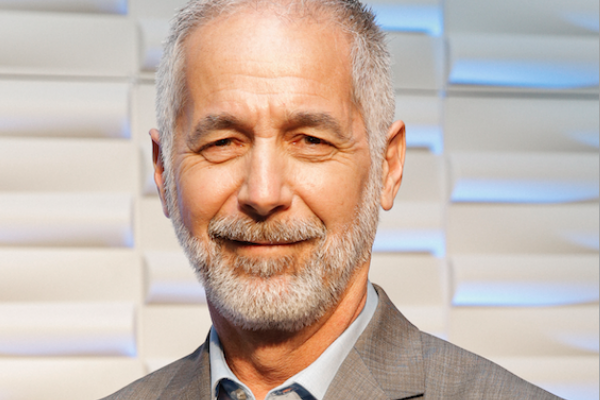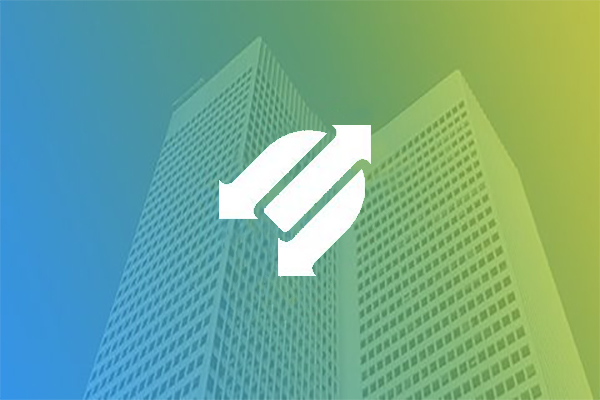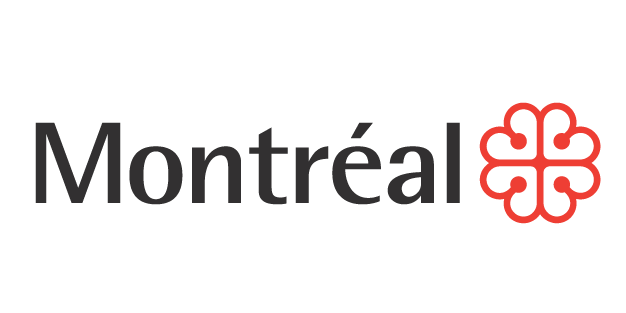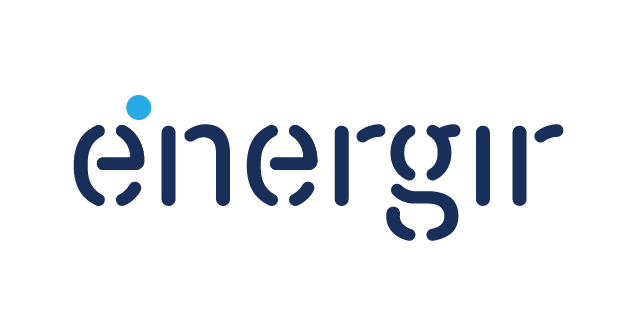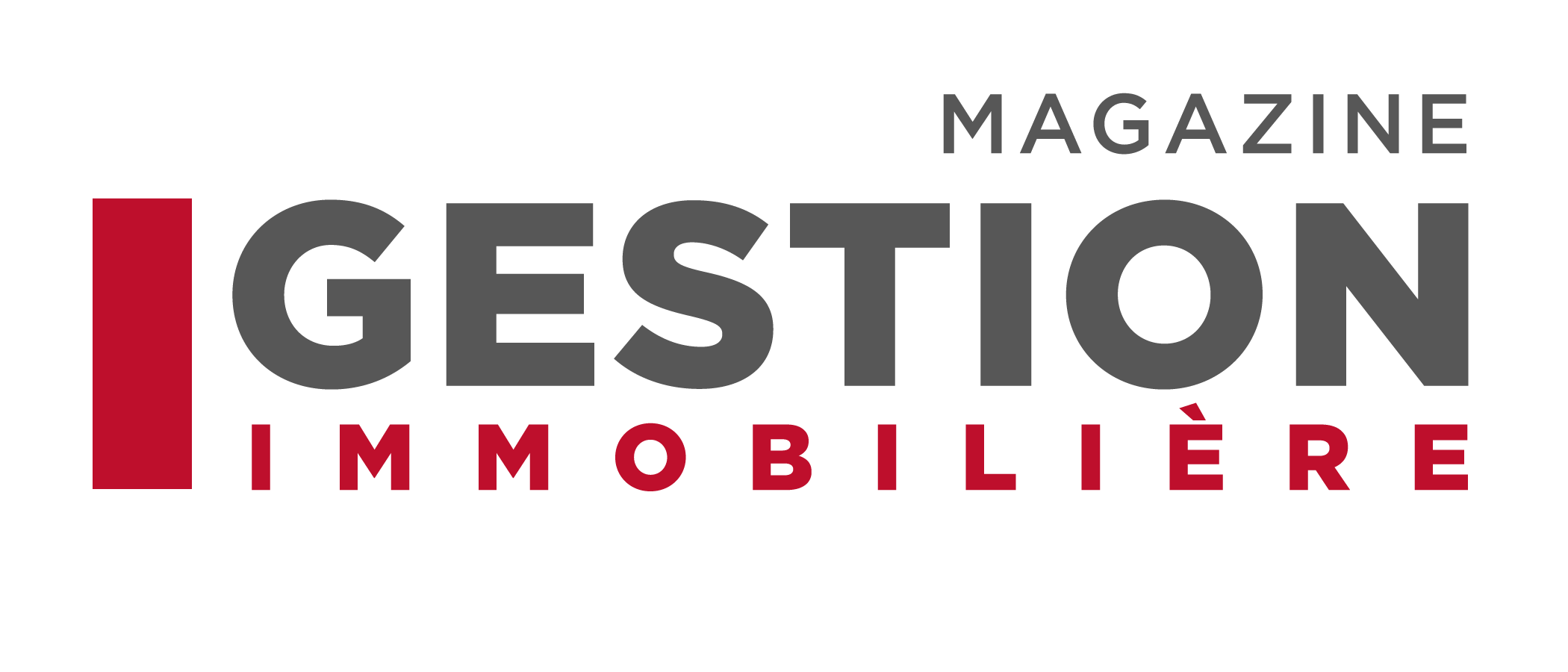What is your role in implementing energy efficiency or GHG reduction projects?
As a property manager, Ivanhoe Cambridge has a responsibility towards its tenants and investors to be a leader in energy efficiency. Our organization has always set its energy reduction targets higher than the market standard. From the design stage to building opening and everyday operation of the Maison Manuvie, inaugurated in 2017, the various teams involved in the project set their sights on both BOMA Best Platinum and Leed NC Gold certification. By selecting high quality materials such as triple-glazed windows, a white roof, LED lighting and energy recovery systems (cooling equipment plus rotary heat exchanger, or thermal wheel), the building already had all the potential to reach its ambitious performance objectives. All our operational teams continue to pursue our ongoing optimization of technical operations (BAS – building automated systems), which include some 30,000 control points. The installation of preventive and predictive maintenance programs mean that all equipment and controls perform at optimum efficiency.
Finally, all our tenants’ operational teams share the objective to reduce their energy footprint. For instance, all our tenants are registered in the BEC. Before the pandemic struck, our objective had been to create a green committee consisting of an ambassador (representative) for each tenant. Monthly meetings were to have taken place to discuss energy issues that have a direct impact on Maison Manuvie. Practical tips and new approaches would have been proposed to the ambassadors, whose mission would then be to promote the implementation of those new approaches among employees in their respective firms. We embarked on discussions with our business partners to offer energy audits, including a program of recommendations customized to suit tenants registered in the BEC. We plan to relaunch those initiatives as soon as possible post-pandemic.
Tell us about the energy efficiency and GHG reduction projects currently underway or recently completed.
In pursuit of our objective to reduce our energy footprint, several projects were launched in 2020 and are still underway now in 2021. We have optimized water tower operations, as well as heat recovery from the cooling units. Another project that had a direct impact on energy consumption involved installing SAS analytical software in the underground network that was negatively affecting building pressure. Better management of our start-up sequences has also reduced our energy consumption. Using an electric boiler rather than a gas boiler also had a direct effect on our GHG emissions. In addition, Energir’s new Renewable Natural Gas program has led to a 25% reduction in GHG emissions at Maison Manuvie.
Did you apply for financial assistance to help implement those projects?
We did not apply for financial assistance in 2020, but at the moment we are planning to deploy a new AI energy management program. It will be eligible for a Transition Énérgetique Québec subsidy program offered by the Ministry of Energy and Natural Resources.
What is the biggest difficulty as regards implementing that project?
Now that our building has achieved an enviable level of energy efficiency, the difficulty involves trying to find other operational improvements.
What sort of approach or solutions have you come up with?
Initially, our teams keep an eye on new technologies, meet with suppliers or attend webinars on energy management and continuous improvement. Moreover, in both operational and management meetings energy is always on the agenda, so that all teams are aware that energy management remains an important focus for the company.
This article is based on an interview conducted in July 2021.
